Our Blog / Water Facts / Current Page
Do you know that 1 in 7 globally are consuming unsafe drinking water?
In fact, having clean drinking water is one of the biggest concerns for travelers living abroad, especially humanitarian workers and emergency relief organisations responding to disasters. Imagine being stranded after a flood swept through the city. The pipelines are broken and the water supply is disrupted. There is no power supply nor electricity. People around you are thirsty and in desperate need of clean water. With the limited resources available, how can you obtain safe drinking water?
Lucky for you, there are several simple methods you can use to purify water.
In this post, we will explore the advantages and drawbacks of the different water treatment methods and how we can treat and obtain clean drinking water in rural and disaster affected areas.
Summary
3-Pot Method
An affordable pre-treatment method!
Source: http://www.vicharoo.com/water/low-cost-water-purification-methods-1/
The 3-pot method is a simple trick you could do to improve your water quality with just a few pots. All you need is a clean cloth and three containers with cover. While this is by no means a complete disinfection, it reduces the larger physical suspended solids and provides you an improved source of water for emergency.
By storing water in a covered pot for at least two days in a safe and undisturbed condition, the process slows down bacteria growth and multiplication by depriving them of key respiratory elements such as oxygen. The process can reduce the level of aerobic bacteria by 50% due to the unfavorable survival conditions in the pot. Pathogens attached to suspended solids will also settle to the bottom of the pot with time, thereby improving the quality of the stored water. Always draw the supernatant (water from the top of the pot) to get cleaner water. The pots should be covered to avoid re-contamination and with a wide enough neck to ease the cleaning process. Pro-tip: The 3-pot method is a handy technique is commonly used as a form of pre-treatment before filtration!
Chemical Coagulation
Coagulant to suspended particles: Let’s stick together
Source: http://www.vicharoo.com/water/low-cost-water-purification-methods-1/
Coagulation is a like using a “glue” to stick small particles together to form larger particles. The larger particles can then settle down faster because they are heavier.
Coagulants is the “glue” mentioned in the coagulation process. It includes aluminum or iron salts, such as ferric sulphate, ferric chloride, aluminum sulphate or polymers. But what’s the science behind this… “gluing” process? Interestingly, it is through the neutralization of the negatively charged suspended particles in the water. Coagulant turns the repulsion between particles to attraction and helps to bind the particles together. This could be done by stirring the coagulant in the water for a few minutes and letting the water to stand until most of the coagulated particles settle. Obtain the clear water from the top portion of the container. You can remove most organic compounds effectively by coagulation, while certain inorganic compounds, such as arsenic, lead, cadmium, mercury and copper could be removed as well.
Ion-exchange Resin
Stripping off the bad stuff
Source: https://www.dhgate.com/wholesale/reverse+osmosis+water+systems.html
As much as possible, we want to avoid a water source that is contaminated with heavy metals. Heavy metals that goes beyond the WHO threshold is harmful and chronic exposure can damage the human body indefinitely.
Passing the water through an ion-exchange resin is an effective way to remove inorganic chemicals including heavy metals. The resins act as a medium for ion exchange and when water contacts the resin, certain “bad” ions (such as heavy metals) are trapped and replaced by the ions not harmful to the human body. Anion resins and cation resins are the two most common resins used in the ion-exchange process. Anion resins attract negatively charged ions, while cation resins attract the positively charged ions. However, some contaminants are not easy to remove by conventional ion exchange resins. Specific resins have been developed to remove those contaminants. The most common chemical composition of ion-exchange resins is polystyrene, while certain types are manufactured from acrylic (either acrylonitrile or methyl acrylate).
Sign up for our newsletter!
 
Activated Carbon
Adsorbing the organics
Source: https://drjockers.com/4-reasons-use-activated-charcoal/
Activated carbon is an effective material to remove organic chemicals from water besides coagulants. Activated carbon has many small pores on the surface to achieve a very high surface area and contact point.
One gram of powdered activated carbon has a surface area of more than 3,000 m². Thus, large amount of soluble substance can stick (adsorb) onto the activated carbon surface. Sufficient contact time (10 to 20 minutes) is usually required to remove contaminants effectively from the water. Although it is not effective for microbial contaminants, metals, nitrates and other inorganic contaminants, activated carbon can be combined with other treatment methods to complement each other.
Ultrafiltration (by ROAMfilter™ Plus)
1L of water in seconds!
Ultrafiltration (UF) is a process that physically separates microscopic particles from the water based on the principle of size-exclusion. UF removes essentially all colloidal particles (0.01 to 1.0 microns) from water and some of the largest dissolved contaminants.
The ROAMfilter™ Plus is a water filtration system that is specifically made for disaster and rural development areas. The filter is designed to be safe, simple and swift. Safe because our technology utilizes 0.02-micron pore membranes, capable of removing bacteria and viruses. Simple because it works exactly like a bicycle pump, making it easy to operate and maintain without electricity. And Swift because at a light weight of 3 kg, it can be easily carried over any terrain and deployed to produce more than 200 litres of clean water per hour.
Thirsty for more knowledge?
Check out 10 simple life-saving methods for water purification (Part 2) to find out more!
Did you know, 525,000 children under 5 die from diarrhoeal diseases every year? Millions more fall ill due to water-borne diseases caused by the lack of access to clean drinking water.
Please select the drop-down for other amounts
*Please refer below for terms and conditions
Let's build a world without prolonged thirst together!
Wateroam works with Sponsors & Champions to provide clean drinking water access. Through complementing one another's strengths, we are able to maximise our resources and increase social impact.
Sponsors provide resource support to empower Champions to deploy clean drinking water. Champions are those on the ground, actively working with communities in need of clean water. By working together, we can reach out rapidly to the 633 million people globally without safe water access. Visit our Get Involved section to learn more about how you can play your part! Blog Author: Ze Yong Yeoh
41 Comments
12/12/2019 01:46:13 am
I just recently moved into my new home and my water is not as clean as I expected. I never knew that there are methods that I can use in purifying my water such as passing the water through an ion-exchange resin, so inorganic chemicals could be removed. This is interesting, although I think it's best if I'll just hire a water purification service.
Reply
A nice piece of information, as we also knows Manufacturing water purifier or best water softeners 2020 and filtration systems has become a huge business in the industrialized countries of our planet. Companies manufacturing water purifier and filtration systems in the U.S. ship them to developing countries.
Reply
27/1/2020 03:16:10 pm
I saw a lot of new things and found out. Thanks for sharing.
Reply
14/2/2020 06:34:42 am
Oh, I'd never even heard of the 3-pot treatment until today. I'm hoping to get a good drinking water system put into my home soon. That way, I can put my well water through it and have clean drinking water.
Reply
14/2/2020 01:17:18 pm
Hi Levi, I'm happy to see that this blog has been informative for you. We will contact you via Email to share with you about our water systems.
Reply
11/5/2020 04:51:08 am
my doubt is that for municipal water less tds bellow 200 uf water purifier is cheaper but why people are buying costly uv water purifier instead of uf water purifier? is there any advantage in uv purifier than uf water purifier?
Reply
Marcus, from Wateroam
11/5/2020 02:11:55 pm
Hi Melanie J Barnes,
Reply
11/6/2020 02:21:09 pm
Thank you for sharing these useful information on water purification. My sister is planning to have a well water system installed. After reading this post, I will share it with my sister so that she knows the procedure.
Reply
16/6/2020 11:57:22 am
Hi Kristofer, thank you so much for writing in to us. We're happy this blog has been informative for you and will be helpful for your sister. Please share our blogs about water quality testing with your sister as well, so she can make sure her well water is safe for consumption. I have included links to them below:
Reply
13/1/2021 05:31:44 am
My mom has been thinking about getting her water treated, so that it can be more healthy for her to drink. Getting the system installed by a professional could allow her to be more effective. Thanks for explaining how the body can be damaged by heavy metals, and they can be disposed of with ion-exchange resin.
Reply
23/4/2021 12:20:26 am
This is a very informative blog, thanks for sharing about 10simple life saving methods for water purification part-1. I liked and it is wonderful to know about so many things that are useful for all of us! Thanks a lot for this amazing blog!!
Reply
Betty Adams
11/6/2021 01:37:03 pm
Cool! this is very detailed, thank you for sharing. I highly recommend having a water filtration system at home to ensure access to clean and safe water fpr you and your family Also, it is helpful for the environment as there's no need to buy plastic bottles. Finding someone who is an <a href="https://thescienceofwater.com/"> Authorized Dealer of Puronics water treatment and filtration systems </a>is a good decision.
Reply
Daryl Meyers
21/8/2021 02:32:10 pm
That was such a good read! Water filtration has helped me in securing our family's health. I recommend finding a reliable <a href="https://thescienceofwater.com/"> Dealer of Puronics water treatment and filtration systems </a>. It is more important that ever to be cautious about the quality of water your family is using.
Reply
28/9/2021 05:21:29 pm
My sister would like to look for a water treatment service that will be able to cleanse the water in her house. Well, I never knew that coagulation may help remove organic compounds. Anyhow, you are also right that boiling will help kill bacteria.
Reply
2/11/2021 09:39:56 am
I like that you talked about how activated carbon is an effective material to remove organic chemicals from water. I guess I need to look for a water well treatment system that has this kind of feature. This will give me peace of mind that my children will be having a clean supply of water in our new home which we will move into this month.
Reply
2/11/2021 06:05:01 pm
The majority of bore wells built for the extraction of pure water are found in locations where there is human activity, and some of these bore wells fail to yield any groundwater. Bore wells are frequently left open, which is known to be dangerous to human life. Polythene sacks or brittle cement blocks are frequently used to cover the mouths of these structures, which are never effective measures for sealing a potentially hazardous hole in the earth. Children of a young age are prone to falling into open bore wells and becoming trapped.
Reply
It's interesting to know that storing water in covered containers would slow down bacteria growth. I can imagine how it would be best to have the right bore water desalination systems to actually prevent the growth of bacteria as well. It would be safer for people living in the property or the area, especially if there are kids.
Reply
24/11/2021 02:40:29 pm
#Quality is of utmost importance at Advanced Watertek. Our components and systems go through rigorous quality checks before final installation at client sites. Pictures here are taken during two separate Factory Acceptance Tests (FAT) conducted recently - a crucial part of the quality process. Find out more about some of the systems we have installed:https://www.advancedwatertek.com/success-stories
Reply
1/2/2022 06:48:29 pm
Filtration is one of the most effective ways to purify water, and it's also excellent in removing contaminants from water when used with the correct multimedia filters. This technology purifies water and makes it safe for human consumption using chemical and physical processes. With a simple and quick filtration procedure, both major compounds and small, harmful pollutants that cause diseases are eliminated. Water that has been filtered is regarded healthier than water purified using other ways because it does not eliminate all mineral salts. A chemical absorption technique that effectively eliminates undesirable substances from water is one of the most effective water purification procedures.
Reply
11/2/2022 02:47:12 pm
I am thankful that this post reminded us that one of the many benefits of storing our water is that it can be life saving. It makes sense as in the event of emergencies, like a water cut, we are at least covered thanks to the stored water. I will definitely consider having a portable water tank bought to be prepared in the face of emergencies.
Reply
28/2/2022 11:22:11 am
I am thankful that this post mentioned that when looking for water treatment, it is encouraged that we hire the right plumber. In doing so, it ensures that we are hiring and having it properly installed. I will definitely keep this information in mind when I look to have a treatment installed.
Reply
12/3/2022 02:35:30 pm
My favorite part of this article is wateroam collaborates with sponsors and champions to ensure that everyone has access to safe drinking water. We can maximize our resources and boost our societal effect by complementing one another's talents. Someone recently told me about this and it is different from what I understand. Thanks for helping me understand the water filtration system.
Reply
12/5/2022 09:39:30 am
I'm glad that you talked that it is challenging to have safe water in a limited sources. Yesterday, my best friend told me that he and his wife were hoping to find a house water treatment system that could provide health-safe water in their home to prevent having health problems, and he asked if I had any idea what would be the best option to do. Thanks to this informative article, I'll be sure to tell him that it will be much better if he consults a house water purification service as they can help provide more information about home water treatments.
Reply
1/6/2022 11:47:50 am
It's great that you elaborated that one of the biggest concerns is having a safe drinking water. Yesterday, my best friend told me that he and his wife were hoping to find a house water filtration that could provide health-safe water in their home to prevent having health problems, and he asked if I had any idea what would be the best option to do. Thanks to this informative article, I'll be sure to tell him that it will be much better if he consults a water treatment system service as they can help provide more information about home water treatments.
Reply
14/6/2022 11:40:08 pm
Nicely done! These are important nowadays and so easy to do so let everyone know about this stuff and save our planet.
Reply
24/6/2022 11:20:40 pm
Great post! This will surely help and persuade everyone out there to conserve and not to waste water.
Reply
13/7/2022 08:03:25 pm
Some of these potentially harmful additions to your home’s drinking water might not affect you dramatically as an adult. However, if you have young children or a baby, these contaminants can suppress their already vulnerable immune systems.
Reply
9/8/2022 09:50:03 am
I like the tip that you gave that 50% of aerobic bacteria could be eliminated by implementing the home treatment process. Yesterday, my best friend told me that he and his wife were hoping to find a home water treatment that could provide health-safe water in their home to prevent having health problems, and he asked if I had any idea what would be the best option to do. Thanks to this informative article, I'll be sure to tell him that it will be much better if he consults a home water treatment service as they can help provide more information about home water treatments.
Reply
27/9/2022 08:16:38 am
I appreciate you mentioning that, in addition to coagulants, activated carbon is a useful substance for removing organic pollutants from water. My brother recently purchased a home, but the water is currently cloudy. I'll advise him to see a professional for a water treatment solution.
Reply
21/1/2023 10:53:25 am
I appreciate that you explained that one of the most important things to live in is having water. Yesterday, my best friend told me that he and his wife were hoping to find an espresso water treatment equipment that could provide health-safe water in their home to prevent having health problems. He asked if I had any idea what would be the best option to consider. Thanks to this informative article, I'll tell him it will be much better if he consults a water treatment equipment service as they can help provide details about home water treatments.
Reply
18/10/2023 10:41:12 pm
Wow, this is such an intriguing method! I've always been curious about simple water purification techniques for emergency situations, and this 3-pot method sounds like a great addition to the toolkit. While I understand it's not meant to fully disinfect the water, the idea of reducing the bacterial load so significantly with just some pots and cloth is fascinating. Thanks for sharing this insightful trick!
Reply
Leave a Reply. |
Want more?Click below to see what other blog topics might peak your interest



Water Facts
|
- About Us
- Products
- Solutions
- Resources
- Get Involved
-
Blog
- The Global Water Situation
-
Facts about Water
>
- Water supplies for crisis
- WaSH During Emergencies
- Well Water Cleaning and Filtration Guide: Southeast Asia
- Gravity-fed Water Systems: Water Purification and Filtration setups in Southeast Asia
- A Guide to Rural Rainwater Harvesting and Filtering
- Water Shortages and Their Effect on Children in Rural Schools
- WaSH Planning and Design Framework Resources for Indonesia and the Philippines
- Rural Community Water Supply: Water Systems in Villages
- Info on our Products
- Impact Stories
- Upcoming & Past Events
- Contact
- Store
- About Us
- Products
- Solutions
- Resources
- Get Involved
-
Blog
- The Global Water Situation
-
Facts about Water
>
- Water supplies for crisis
- WaSH During Emergencies
- Well Water Cleaning and Filtration Guide: Southeast Asia
- Gravity-fed Water Systems: Water Purification and Filtration setups in Southeast Asia
- A Guide to Rural Rainwater Harvesting and Filtering
- Water Shortages and Their Effect on Children in Rural Schools
- WaSH Planning and Design Framework Resources for Indonesia and the Philippines
- Rural Community Water Supply: Water Systems in Villages
- Info on our Products
- Impact Stories
- Upcoming & Past Events
- Contact
- Store

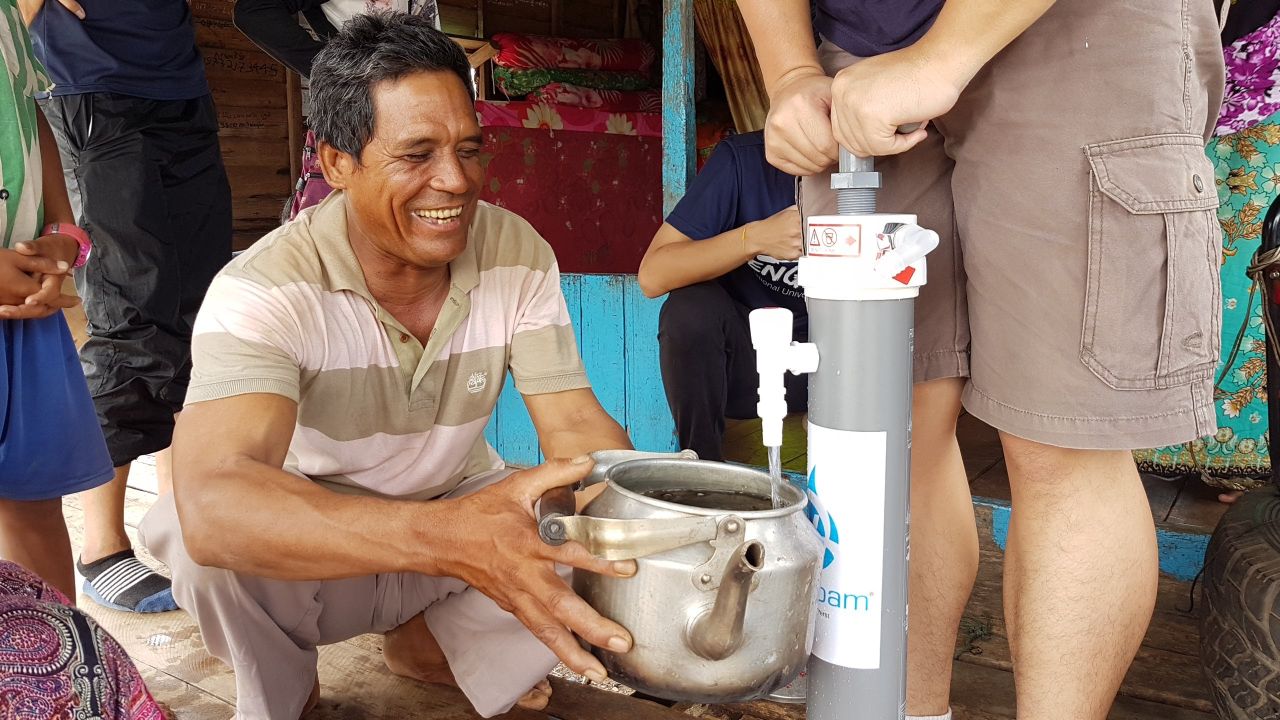
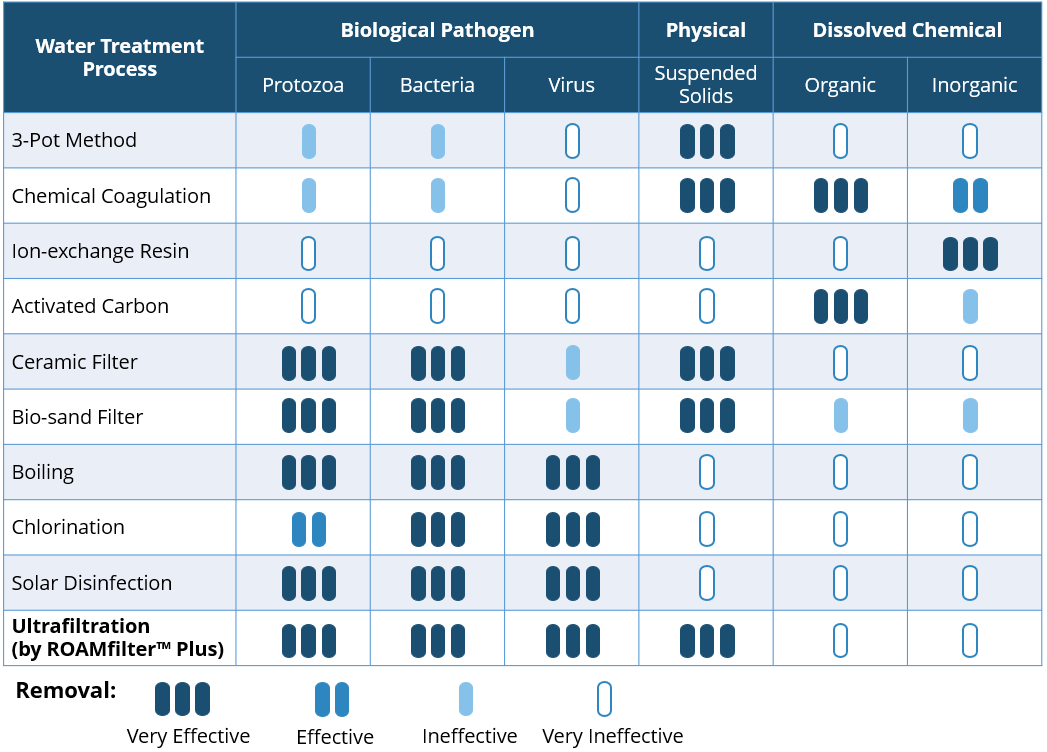
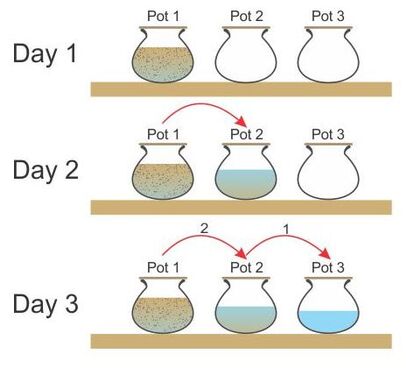
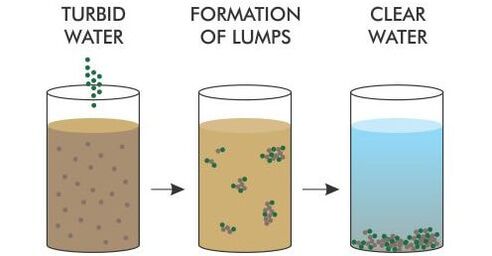
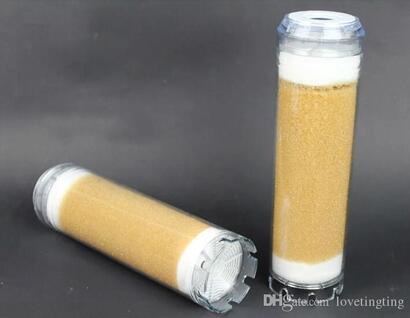
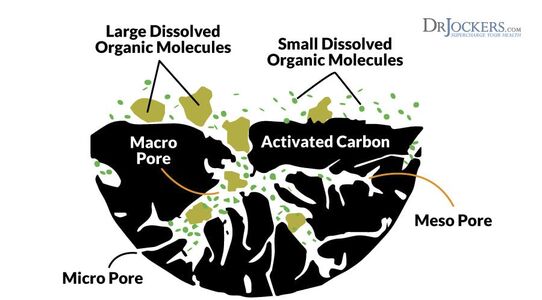
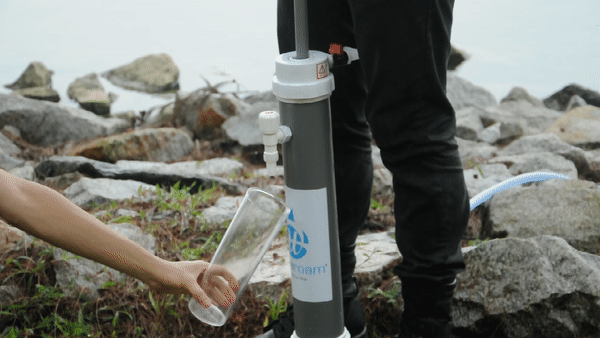
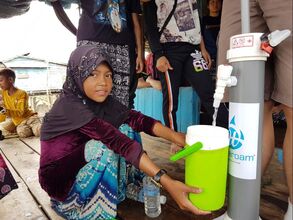

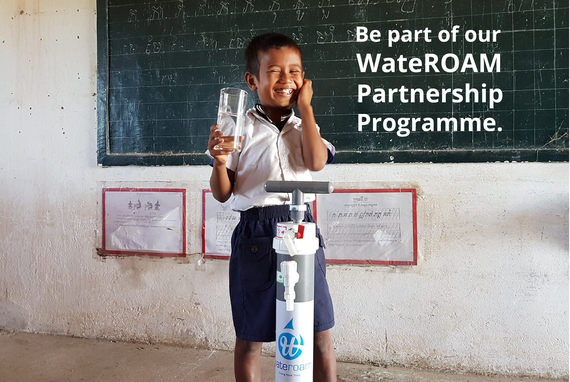
.jpg)